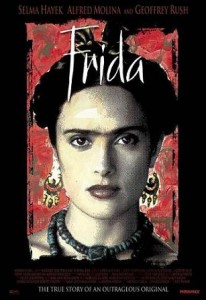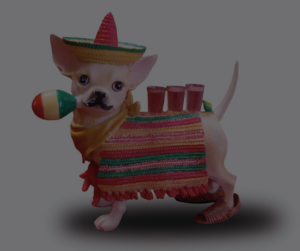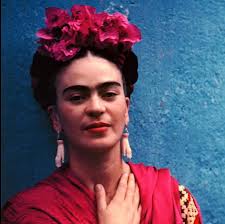
July 6, 2013-Frida Kahlo de Rivera (July 6, 1907– July 13, 1954) was born in the district of Coyoacán in Mexico City and is likely Mexico’s most famous and recognizable female painters. Frida is best known for her self-portraits and it is difficult to go anywhere in a Mexican market or tourist area without seeing images of her art. Kahlo’s work is best remembered for its “pain and passion”, and its intense, vibrant colors. Her work has been celebrated in Mexico as emblematic of national and indigenous tradition, and by feminists for its uncompromising depiction of the female experience and form. Frida Kahlo’s work has also been described as “surrealist”, and in 1938 one surrealist described Kahlo herself as a “ribbon around a bomb”.
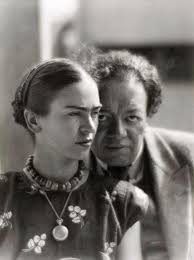

From the very outset Frida Kahlo’s life was unique. Frida was one of four daughters born to a Hungarian-Jewish father and a mother of Spanish and Mexican Indian descent. Frida never planned become an artist, as a survivor of polio, she entered a pre-med program in Mexico City. Then at the age of 18, she was seriously injured in a bus accident and subsequentlyKahlo spent many months in bed recovering from fractures to her spine, collarbone and ribs, a shattered pelvis, and shoulder and foot injuries. After enduring more than 30 operations in her lifetime and during her convalescence she began to paint. Her paintings, mostly self-portraits and still life, were deliberately naïve, and filled with the colors and forms of Mexican folk art. At 22 she married the famous Mexican muralist Diego Rivera, 20 years her senior. Their stormy, passionate relationship survived infidelities, the pressures of careers, divorce, remarriage, Frida’s bi-sexual affairs, her poor health and her inability to have children. Frida once said: “I suffered two grave accidents in my life…One in which a streetcar knocked me down and the other was Diego.” The streetcar accident left her crippled physically and Rivera crippled her emotionally.
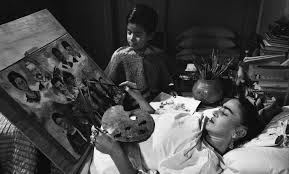
Their marriage was anything but a traditional union, Kahlo and Rivera kept separate, but adjoining homes and studios when in San Angel, they often lived outside Mexico, sometimes together, sometimes separate. Not surprisingly Frida was saddened by his many infidelities, the most grievous included an affair with her sister Cristina. In response to this familial betrayal, Kahlo cut off most of her trademark long dark hair. Although she desperately wanted to have a child, she only experienced heartbreak when she miscarried in 1934.
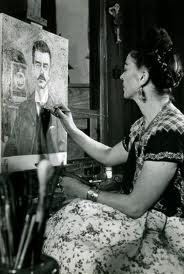
Although Frida and Diego went through many periods of separation, they joined together to help exiled Soviet communist Leon Trotsky and his wife Natalia in 1937. Both of them were very active in the Communist Party in Mexico. The Trotskys came to stay with them at the Blue House for a time in 1937 as Trotsky had received asylum in Mexico. Once a rival of Soviet leader Joseph Stalin, Trotsky feared that he would be assassinated by his old nemesis. Kahlo and Trotsky allegedly had a brief affair during this time. On 20 August 1940, Trotsky was attacked in his home in Mexico with an ice axe by undercover NKVD agent Ramón Mercader and later died from the injury. Lisa & I visited the Trotsky’s house in Coyoacán in 1985 which was preserved in much the same condition as it was on the day of the assassination and is now a museum.
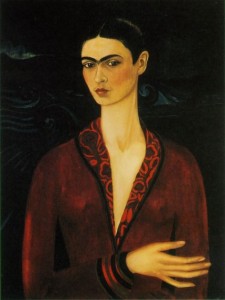
During her lifetime, Frida created some 200 paintings, drawings and sketches related to her experiences in life, physical and emotional pain and her turbulent relationship with Diego. She produced 143 paintings, 55 of which are self-portraits. When asked why she painted so many self-portraits, Frida replied: “Because I am so often alone….because I am the subject I know best.”In 1953, when Frida Kahlo had her first solo exhibition in Mexico (the only one held in her native country during her lifetime), a local critic wrote:”It is impossible to separate the life and work of this extraordinary person. Her paintings are her biography.” She may have been bedridden at the time, but she did not miss out on the exhibition’s opening. Arriving by ambulance, Kahlo spent the evening talking and celebrating with the event’s attendees from the comfort of a four-poster bed set up in the gallery just for her.
Unfortunately Frida’s health issues became nearly all-consuming in 1950. After being diagnosed with gangrene in her right foot, Kahlo spent nine months in the hospital, and part of her right leg was amputated to stop the spread of gangrene. Deeply depressed, Kahlo was hospitalized again in April 1954 because of poor health, or, as some reports indicated, a suicide attempt. She returned to the hospital two months later with bronchial pneumonia. No matter her physical condition, Kahlo did not let that stand in the way of her political activism. Her final public appearance was a demonstration against the U.S.-backed overthrow of President Jacobo Arbenz of Guatemala on July 2. About a week after her 47th birthday, Kahlo died on July 13 at her beloved Blue House. Diego Rivera passed away 3 years later in 1957.
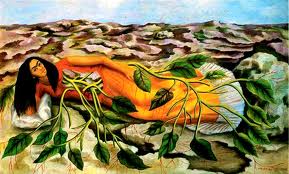
On May 24, 2006 Frida’s painting Roots was auctioned at Sotheby’s in New York and sold for a record $5,616,000. Although it was sold to an anonymous phone bidder it is well known within the art world that the anonymous buyer was the pop star “Madonna” who owns many other Kahlo originals.
An excellent movie production is Frida, a 2002 Miramax/Ventanarosa biopic which depicts the professional and private life of the surrealist Mexican painter Frida Kahlo. It stars Salma Hayek in her Academy Award nominated portrayal as Kahlo and Alfred Molina as her husband, Diego Rivera. The movie was adapted by Clancy Sigal, Diane Lake, Gregory Nava and Anna Thomas from the book Frida: A Biography of Frida Kahlo by Hayden Herrera. It was directed by Julie Taymor. It won Oscars for Best Makeup and Best Original Music Score (recipient: Elliot Goldenthal).
